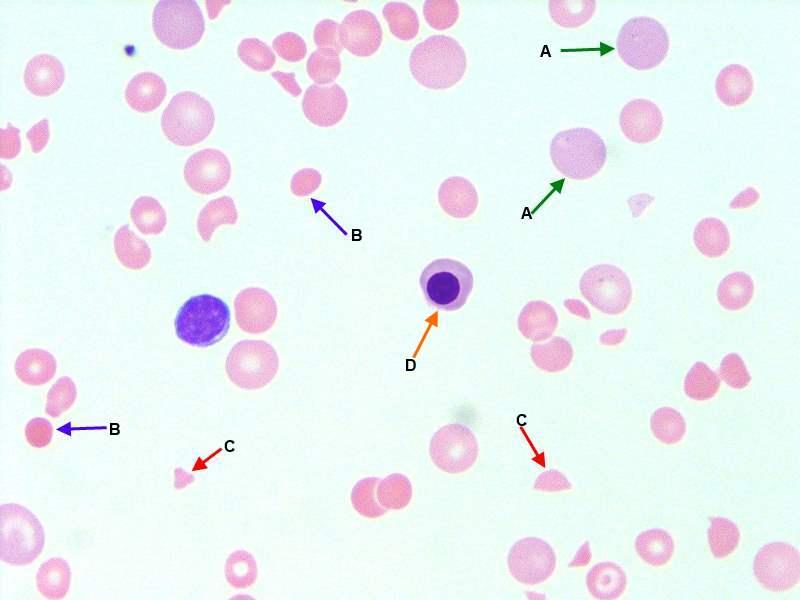Red blood cells are the most important part of the human body. They help in the mission of carrying oxygen from the lungs to the heart and throughout the entire body. The bone marrow makes red blood cells. When there is an increase in the number of dying red blood cells than the ones in production, hemolytic anemia occurs. This could be intrinsic or extrinsic. Intrinsic hemolytic anemia occurs when the red blood cells that are manufactured in the body are defective. This usually happens when the patient has inherited a condition like thalassemia. Further, extrinsic hemolytic anemia is a condition which develops when the spleen traps and destroys the red blood cells. It could also occur due to the destruction of red blood cells which is caused by leukemia, lymphoma, infection, autoimmune disorders, tumors and medication side effect.
Causes
There is no specific known cause of hemolytic anemia. However, there are a number of diseases and medical conditions that can lead to it. This includes an enlarged spleen, typhoid fever, leukemia, tumors, lymphoma, hepatitis and lupus. It can also be caused due to medication. Some medications can have an adverse impact on the human body and cause destruction of the red blood cells. One of the most severe forms of the disease is caused by a blood transfusion with the wrong blood type. Each individual has a distinct blood type and in case of receiving an incompatible type of blood, the existing blood will begin production of immune cells called antibodies to fight the transfused blood. This can result in a fast destruction of red blood cells. This is the main reason why medical professionals need to check the blood type very carefully before transfusing. If the doctor can detect the cause underlying the medical condition, it can be cured on time.
Symptoms
Since there are a number of causes of hemolytic anemia, the symptoms are also different. However, there are certain shared symptoms that people experience when they have hemolytic anemia. Some symptoms are listed below:
-
Fever
-
Fatigue
-
Dizziness
-
Paleness of skin
-
Weakness
-
Lightheadedness
Hemolytic anemia in newborns
The medical condition occurs in newborn when a mother and baby have incompatible type of blood. For example, the mother could have a blood type A positive and the child could have A negative. If a mother has a negative blood time and the father has a positive blood type, there is a chance of the disease in the newborn. It is similar to blood transfusion reaction. There are higher chances of the condition to happen to a woman in her second pregnancy. Due to this condition, the baby could become anemic and this could lead to further complications. There are treatments available for the condition which includes blood transfusion. This condition can also be prevented by taking an injection during the 28th week of pregnancy. This injection is known as a RhoGAM shot which can be taken if the woman has Rh negative blood.













No Comments